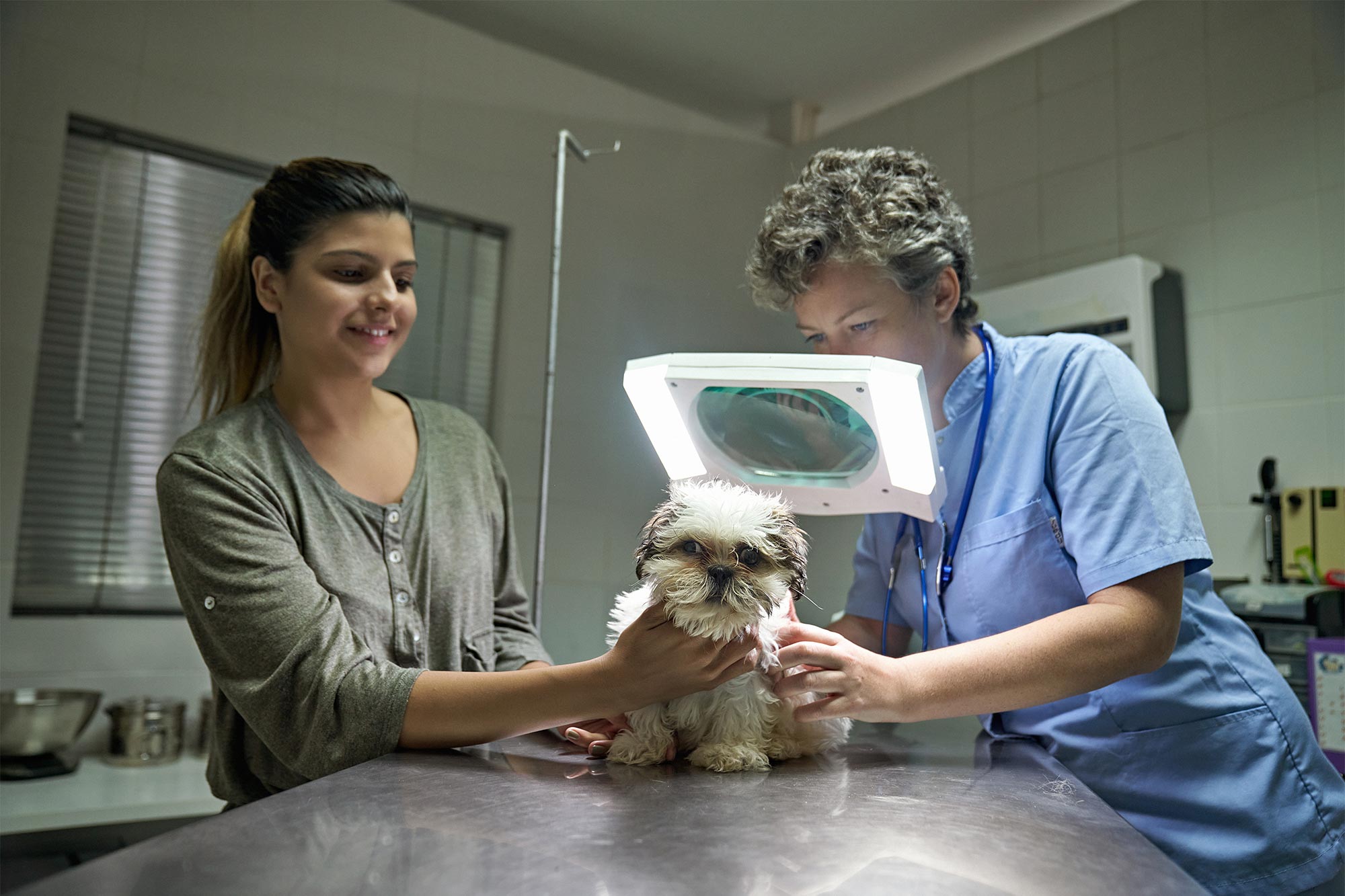Blog
The Unexpected Effects of Summer Storms on Pets

While summer storms can be beautiful, they are also often loud. Cats and dogs can hear much better than humans can, which makes loud sounds even louder form. Together, let’s understand how thunderstorms affect pets, and the ways we can support our furry friends through them.
Continue…The Truth About Anti-Aging Supplements for Pets: Hype or Help

We all wish our pets could live forever, and the lure of anti-aging supplements for pets can be hard to resist. But do pet longevity supplements really help, or are they merely hype?
Continue…Keeping Your Pet’s Skin Healthy: Common Conditions to Watch For

If the eyes are considered the “windows to the soul,” then a pet’s coat and skin can provide valuable insight into overall health. The general look and feel of a pet’s coat have the power to clue an owner into a pet’s vitality, or signal extra attention to their diet or environment. Skin issues in pets are common enough that it’s important to be able to identify (and prevent) common conditions.
Continue…Pet Shedding in Spring: When to Brush, When to Worry

Springtime is a season of renewal, but it also brings a flurry of pet fur that can feel like a snowstorm indoors! South Seminole Animal Hospital is here to help you navigate the shedding season with practical tips and insights to keep your pet’s coat healthy and your home a little less furry.
Continue…Why Is My Dog or Cat Eating Grass? What It Means and When to Worry

If you’ve noticed your pet eating grass, you’re not alone. While this behavior may seem unusual, it’s often harmless. However, there are times when it could signal an underlying issue. South Seminole Animal Hospital is here to help you understand what this behavior means and when it’s time to be concerned.
Continue…Dental Care for Senior Pets

It’s no secret that older pets are vulnerable to a variety of health conditions. In addition to the possibility of developing arthritis, diabetes, or kidney disease, senior pets are at higher risk of dental disease. In fact, the majority of pets over age three show some evidence of periodontal disease. The fact that senior pets have concurrent medical conditions can make it harder to tend to their teeth, but the positive impact of dental care on overall senior wellness is worth talking about.
Continue…What is Feline Panleukopenia?

In veterinary medicine, some conditions and diseases are more devastating than others. At South Seminole Animal Hospital, perhaps one of the most terrible things that we diagnose is a fatal viral disease amongst kittens called panleukopenia. Panleukopenia, also known as feline distemper, is nothing to ignore. Thankfully we can protect our patients with modern medicine.
Continue…Winter Pet Care for Florida Pets

Just because we are in Florida doesn’t mean that winter isn’t a real season. During the colder months of the year, our pets need extra care, too. Learn about winter pet care for your Florida critters from your team at South Seminole Animal Hospital.
Continue…Pet Safe Thanksgiving

It’s not always easy to anticipate all the potential hazards facing our pets, but Thanksgiving is fairly straightforward when it comes to the varied risks. What makes the potential for illness or injury so pronounced are the endless opportunities for hungry, curious, or bored pets, paired with a heightened state of constant distractions for us. With so much to do, and so much to be grateful for this time of year, we’ve got your bases covered with our tips for a truly safe Thanksgiving.
Continue…Halloween Safety Tips for Pets

Happy Halloween from South Seminole Animal Hospital! Pets and spooky celebrations can make a great pair, but be sure that you are following our halloween safety tips for maximum fun!
Continue…How to Choose the Right Cat Scratching Post

Did you know that scratching is central to cat health? While not always desirable, the instinct to scratch deserves a place in their routine, lifestyle, and environment. We’re not suggesting cat owners sacrifice their drapes or upholstery. On the contrary, with thoughtfully-placed scratching posts around the house, cats can be encouraged to focus their behavior in certain spots. But choosing the right cat scratching post(s) may be harder than it seems.
Continue…Best Dog Breeds for Florida’s Weather

While we surely see some dog breeds in Florida not particularly suited to our heat and humidity, you’re equally likely to run into certain breeds seemingly built for Florida’s weather. For many different reasons, smaller pets are among the top choices for Floridians, but certain medium and large breed dogs can safely adapt to their conditions.
Continue…Keep Your Cats Hydrated in Summer

Modern domestic cats share a common ancestor. Felis silvestris lybica can be traced to the Near East Neolithic period of the Fertile Crescent, and to the Classical period of ancient Egypt. The dry, warm geographical location of their origin suggests that today’s cats are equally adaptable to hot, desert conditions. Indeed, today’s pet cats have a lower thirst drive than other animals, but they still require adequate daily hydration throughout the year, and especially during the summer months.
Continue…